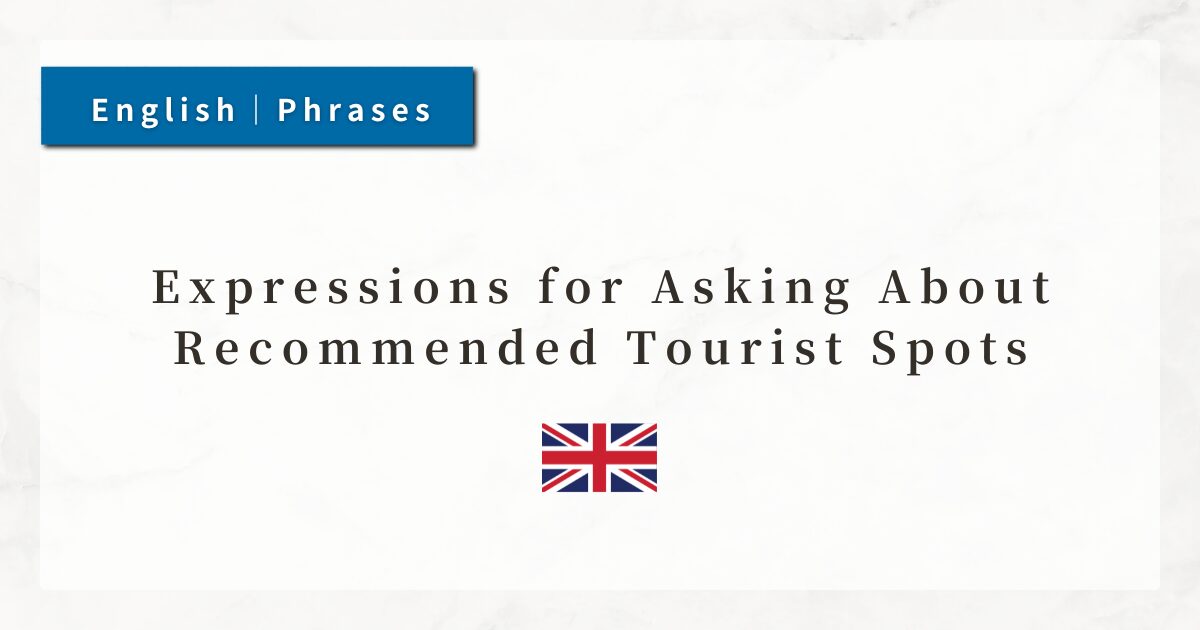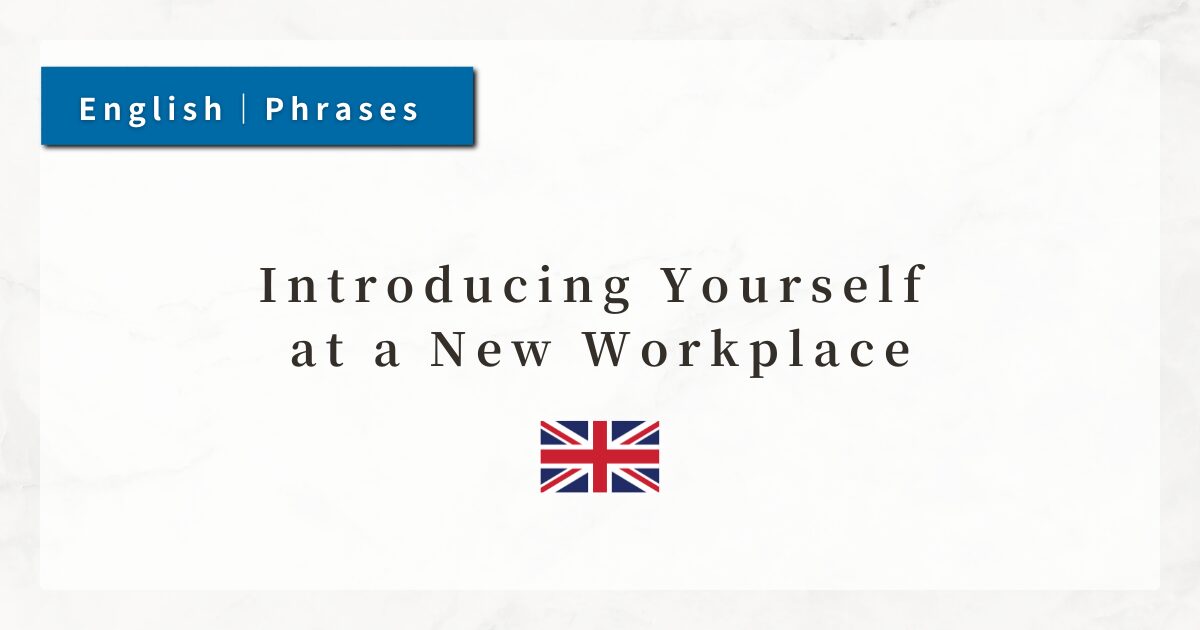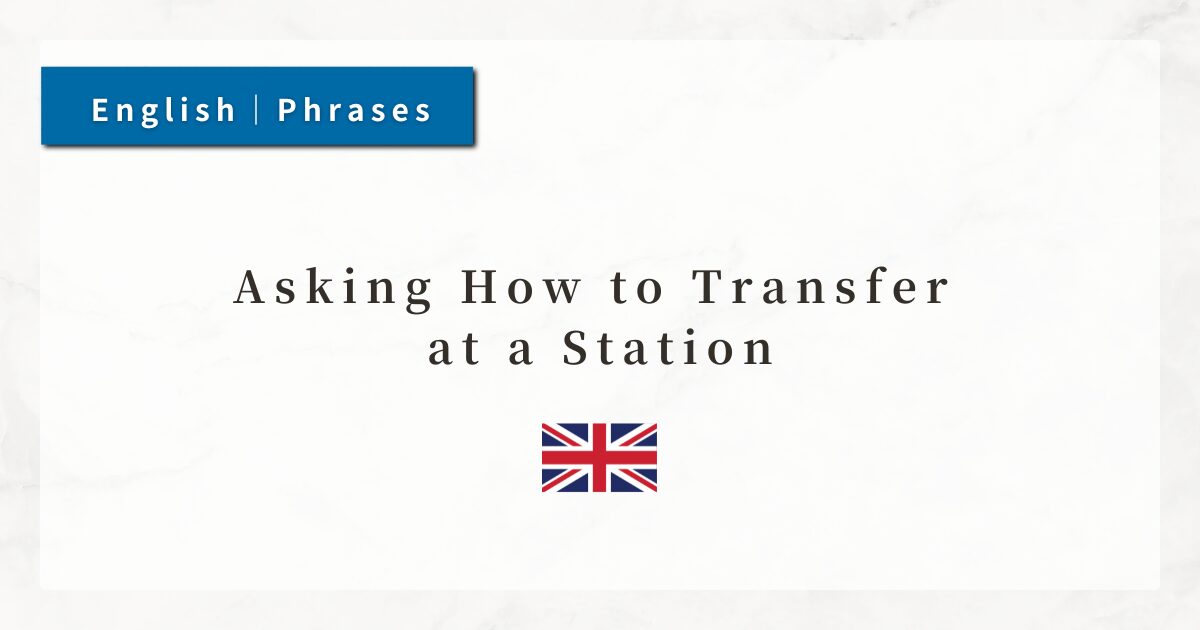#23 Expressions for Asking About Recommended Tourist Spots|English Travel Conversation

Have you ever thought, “I’d like to visit places recommended by the locals” while traveling?
To discover spots that are not listed in travel guides or to experience authentic local charm, the best way is to ask people in the area, “Do you know any good places to visit?”
In this lesson, I will introduce basic phrases and expressions you can use when asking locals for recommendations during your trip, as well as how to respond to them.
Dialogue

Excuse me, do you know any good places to visit around here?

Sure! You should definitely check out Borough Market. It’s very popular with both locals and tourists.

That sounds great. Is it far from here?

Not at all. It’s just a 10-minute walk from here.

Perfect. Thanks for the tip!

You’re welcome. Enjoy your day!
1. Asking for Tourist Recommendations
The phrase “Do you know any good places to visit?” is a simple and polite way to ask for suggestions.
By using “Do you know ~?”, your question sounds softer and more courteous, making it easy to use even with strangers.
You can also expand the expression by changing the phrase “any good places to visit.”
Alternative expressions include:
- Can you recommend any interesting places around here?
- Are there any must-see spots nearby?
2. Recommending a Place
The phrase “You should definitely check out ~.” strongly emphasizes your recommendation, meaning “This is highly recommended.”
The expression “You should” conveys advice, such as “You’d better do this” or “It’s a good idea to do this.” Adding “definitely” makes the suggestion more enthusiastic, giving it a stronger impact.
The phrasal verb “check out” is a casual expression often used in daily conversation, meaning “to visit” or “to take a look at.”
- You should check out the museum.
- You have to check out the view from the tower!
3. Asking About Distance
To ask about the location of a tourist spot, the simple and useful phrase is “Is it far from here?”
This structure adds “from here” to the base question “Is it far?”, making it clear that you are asking about distance from your current location.
Possible responses include:
- Not at all. It’s very close.
- It’s just a 5-minute walk.
- It takes about 10 minutes by bus.
Adding details such as on foot, by bus, by car, or by train makes the explanation even more practical.
4. Useful Ways to Indicate Distance
The phrase “It’s just a 10-minute walk from here.” gives clear information while reassuring the listener that the destination is nearby.
The word “just” adds the nuance of “only” or “no more than,” making the distance feel shorter and more manageable.
Note the expression “a 10-minute walk” works adjectivally to mean “a walk that takes 10 minutes.” Be careful not to add an -s to minute in this form.
5. Thanking Someone for Local Advice
The expression “Thanks for the tip!” is a very natural and friendly way to show appreciation when you receive useful travel advice or local information.
The word “tip” does not only mean “gratuity,” but also “a helpful piece of advice or information.”
- Thanks for the tip!
- That was a great tip.
This phrase is especially handy in casual situations when you want to say “That was helpful.”
Summary
- Do you know any good places to visit around here?
→ A polite and natural way to ask using “any good + noun.” - You should definitely check out ~.
→ A casual way to give a strong recommendation. - Is it far from here?
→ A simple and practical question to ask about distance. - It’s just a 10-minute walk from here.
→ Reassuring guidance using “It’s just ~.” - Thanks for the tip!
→ A friendly expression for showing gratitude for local advice.




